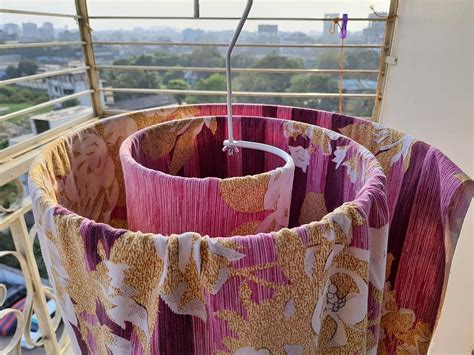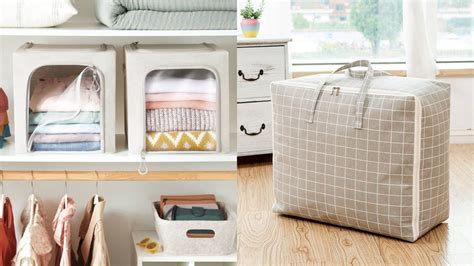1. Choosing the Right Drying Method

When it comes to drying your bed sheets, there are a few methods you can choose from. Each method has its own benefits and considerations. Here are some popular options:
Air Drying
Air drying is the most traditional method of drying bed sheets. It involves hanging your sheets outside on a clothesline or drying rack, allowing the natural airflow and sunlight to dry them. This method can be particularly useful if you want to save energy or if you enjoy the fresh outdoor scent on your sheets.
Machine Drying
Machine drying is a convenient and time-saving method. Simply toss your bed sheets into the dryer and select the appropriate setting for the fabric. Keep in mind that some sheets may require a lower heat setting to avoid shrinking or damage. It's always best to follow the care instructions provided by the manufacturer.
Tumble Drying
Tumble drying is similar to machine drying, but with a slight difference. Instead of simply drying the sheets, tumbling involves periodically stopping the dryer and shaking out the sheets to prevent wrinkles. This method can be effective if you desire wrinkle-free sheets without the need for ironing.
2. Preparing Your Bed Sheets for Drying

Before drying your bed sheets, it's essential to prepare them properly. These steps will help ensure optimal results:
Check for Stains or Spills
Inspect your bed sheets for any stains or spills. Pre-treat them with a stain remover or soak them in a mixture of water and detergent to help break down the stains before drying.
Shake Out Excess Moisture
Before hanging or placing your sheets in the dryer, be sure to give them a good shake to remove any excess moisture. This step helps prevent wrinkles and decreases the overall drying time.
Separate Bed Sheets
If you have multiple sets of bed sheets, it's best to separate them to promote even drying. This also avoids tangling and reduces the risk of wrinkles.
3. Drying Bed Sheets Safely

Regardless of the drying method you choose, safety should always be a priority. Here are some safety guidelines to follow:
Avoid High Temperatures
When using machine drying or tumble drying, avoid using high heat as it can damage the fabric or lead to shrinkage. Opt for a gentle or low heat setting instead.
Securely Hang your Sheets
If air drying, ensure the sheets are securely fastened to the clothesline or drying rack to prevent them from falling onto the ground. Use clothespins or clips to keep them in place.
Protect from Direct Sunlight
While sunlight can aid in sanitizing and freshening your bed sheets, excessive exposure can lead to fading or discoloration. If you choose air drying, place your sheets in a shaded area or turn them inside out to protect them from direct sunlight.
4. Ensuring Fluffy and Soft Bed Sheets

Who doesn't love fluffy and soft bed sheets? Follow these tips to achieve the perfect texture:
Add Dryer Balls
When machine or tumble drying, toss a couple of dryer balls into the dryer with your sheets. These balls help to fluff and separate the fabric, resulting in softer sheets.
Avoid Overloading the Dryer
To maximize airflow and prevent excessive wrinkling, avoid overloading the dryer. Leave enough space for the sheets to move freely during the drying process.
Remove Sheets Promptly
As soon as the drying cycle is complete, promptly remove your sheets to minimize wrinkling. If using the tumble drying method, you may need to shake them out gently to remove any remaining creases.
5. Properly Storing Dry Bed Sheets

Once your bed sheets are fully dry, it's crucial to store them properly to maintain their freshness and cleanliness:
Fold or Roll
Decide whether you prefer folding or rolling your bed sheets for storage. Either method works as long as you keep them neatly folded or rolled to minimize creases and wrinkles.
Label or Color-Code
If you have multiple sets of bed sheets, consider labeling or color-coding the storage containers. This makes it easier to locate specific sheets when needed, saving you time and effort in the long run.
Keep in a Dry and Clean Area
Store your bed sheets in a cool, dry, and clean area to prevent any moisture, dust, or pests from damaging them. Avoid storing them in direct sunlight or near any potential sources of liquids.In conclusion, drying bed sheets doesn't have to be a daunting task. By choosing the right drying method, preparing your sheets properly, ensuring safety, aiming for fluffy and soft textures, and storing them correctly, you can maintain fresh and cozy bed sheets for a good night's sleep.
No comments:
Post a Comment